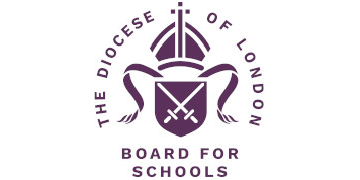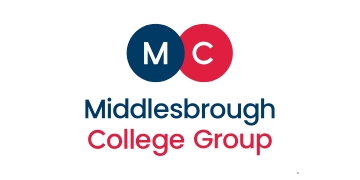This year’s Black History Month theme – “Standing in Pride” – resonates deeply with me. Standing in pride isn’t just about celebration; it’s about sustaining pride and purpose throughout the year.
As an educator, consultant and proud black mixed-heritage British woman, I’ve spent years helping colleges and schools weave black history into the curriculum – not just for one month, but every month.
Earlier this month I was invited to an anti-racism conference, where I spoke about connecting arts, heritage, local communities and educators to support young people on their educational journeys, and to embed black history 365 days a year. We celebrated schools and colleges already working to make their teaching more inclusive and representative of the diverse Britain we all share.
Yet on my journey home, that optimism met a harsh reality. As my train travelled back towards Suffolk, passing through parts of Essex, I encountered hostility that sharply contrasted with the conversations I’d just had. Flags were waved. Voices shouted “EDL” in my face. It was Black History Month – a time meant for unity, learning and respect – yet I was reminded that racism doesn’t take a month off.
A few passengers asked if I was OK, realising the distress that the situation was causing. But it made me wonder, do people truly understand allyship?
I also thought about the young people heading into college after the weekend. How many might see those flags or hear those words? What messages are they absorbing about identity, inclusion and belonging?
Our role as educators is to help them understand that we live in a multicultural, interconnected society – where respect must be learned, modelled and lived. Black History Month should never be an “add-on.” It should reframe how we understand Britain’s story, showing that Black history is British history, woven into our collective narrative all year round.
From my own experience and reflection, here are some reminders not just for October, but every month that follows it.
Essential reminders for educators
1. Inclusion is everyone’s responsibility. Black History Month isn’t about overloading your black or global majority staff. It’s not a free pass to hand over all the planning and speaking to them. True diversity work is shared work. Take time to plan and develop opportunities both inside and outside the classroom, from displays and “lunch-and-learn” sessions, to staff CPD. Create or review your anti-racism framework, and work with student EDI ambassadors to ask what they’d like to see in enrichment activities. Even simple things, like celebrating cultural foods – from puff-puffs to roti – help make your environment more inclusive.
2. Avoid last-minute planning or “tick-box” exercises. Representation should be intentional and embedded. Don’t be afraid to ask for help. Collaborate with local communities, consultants, museums and libraries. Many hold rich collections of black history.
Did you know British libraries are celebrating 500 years of black music this year? There’s a wealth of local and national resources waiting to be explored. Make history relevant and local. Who are the black heroes on your doorstep? Was there a Windrush RAF sergeant from your area, or a black Tudor in your region’s archives? Local stories bring history to life.
3. Let October be the launch pad, not the finish line. Black history, excellence and culture deserve visibility all year – in lessons, assemblies, displays and everyday conversation. Review your anti-racism policy. Do you have active student or staff EDI ambassadors, or even an EDI governor? What resources are in your collection – and are they up to date? Most importantly, are you asking students what they want to see represented? Let October be the start of something woven into the fabric of your institution’s identity.
Real inclusion means more than inviting people into the room. It’s about joining the dance to equity. When we all move together, education becomes the rhythm that unites us. So let’s remember pride in allyship, and continue this daily with our actions in and outside the classroom.












Your thoughts